Online shopping provides a quick and convenient way to purchase products, and this is especially true for the...
Cam Walker Boots
For medical or orthopedic use, a Controlled Ankle Motion (CAM) walker boot limits the ankle and foot's range of motion, stabilizing them and reducing the amount of force as the area heals. This solution allows for a degree of weight-bearing movement: Ambulation is strongly encouraged during recovery to keep blood and oxygen circulating and help the injured tissues more efficiently repair themselves.
What is a CAM Walker Boot?
Following an injury, healing the foot and ankle area involves multiple hurdles — particularly walking, bearing weight, engaging in movement and reducing reinjury. While a cast may have been applied in the past, patients now receive an assistive device to lessen the amount of force placed on the ankle and foot while allowing for a degree of movement.
CAM walker boots are recommended for this purpose. Each orthopedic boot consists of a liner designed to fit around the foot and a stiff outer shell. Some Controlled Ankle Movement boots further feature a slight curve on the sole, creating rolling action from the heel to the toe. To streamline patient recovery, the CAM walker boot protects the foot, redistributes weight, stabilizes the tendons and ligaments with its adjustable Velcro straps and controls swelling. The user may also tighten the straps to keep the foot snug and restrict movement, and has the option of taking it off.
These characteristics make the CAM walker boot ideal for treating mild to severe injuries, including strains to fractures and broken bones. A Controlled Ankle Motion boot may be used to transition a patient from a rigid cast or prescribed post-surgery. It differs from a cast shoe with its longer surface area and stabilizing features. A cast shoe doesn't limit ankle movement and only protects an injured foot or fractured toe.
Benefits of a Cam Walker Boot
- Offers superior durability and a more hygienic environment compared to a plaster cast.
- Doesn’t always need to be used with crutches.
- Limits both ankle movement and the amount of pressure placed on the foot.
- Can be removed for washing, applying ice, changing dressings and elevating the area.
- Anticipates and accommodates potential swelling during recovery with adjustable features.
- Comes in closed-toe and hard-shell forms.
- Lets the patient continue walking to improve healing and minimize pain.
How to Use a CAM Boot
Never wear a CAM boot without first talking to your doctor, surgeon or another qualified health professional.
Doctors often recommend CAM walker boots to help heal:
- Stress fractures
- Ankle sprains
- Soft tissue injuries, like sprains, tears and ruptures
- Plantar fasciitis
- Lisfranc injuries
- Metatarsalgia
- Fibula fractures
- Achilles injuries
- Calf muscle tears
- Shin splints
The boot is additionally used to keep the area stable following surgery to reduce further injuries.
To find the right CAM boot:
- Your doctor, physical therapist or podiatrist will recommend the type of boot to wear and for how long.
- Expect to have your measurements taken during an appointment, including for length, size, padding and elevation.
- You may be steered toward other features, like pneumatic cells.
- Your doctor will go over how to put on and take off the boot and inflate any cells.
- Your boot will be part of a more complex recovery plan that will likely include exercises to do at home.
Types of Cam Walker Boots
CAM boots come in standard and short sizes to accommodate the patient's height. A short boot may not offer enough support to a patient taller than six feet. A standard or tall boot is ideal for calf muscle tears and provides more support for tibia and fibula fractures.
Additionally, regular and pneumatic designs provide variable amounts of cushioning. Regular walking boots have a lightweight frame with support and adjustable straps. Pneumatic walking boots have an additional insert with a pump to add air for shock absorption and to protect the soft tissue.
Frequently Asked Questions
Can a walking boot be worn all day?
Yes, some users will wear it all day if the doctor recommends all-day protection, even when sleeping or showering. In these cases, a leg cast protector made of polyvinyl protects the boot. These cases are the minority, and most users will remove the boot for showering or sleeping.
Do CAM boots come in left or right designs?
No, the boot is wide and will fit either a right or left foot.
Should a walking boot be worn tight?
The Velcro straps should be fastened snugly but not too tight.
How does the user walk when wearing the boot?
The user should continue walking heel to toe. The key is to keep the toes facing forward and not turn outward.
How long is a CAM walker boot worn?
It can be prescribed for up to six weeks. Time depends on the injury.
Are crutches needed when wearing a walking boot?
No, the boot is designed for weight-bearing and will redistribute weight in vulnerable areas as the user walks.
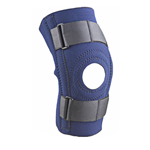

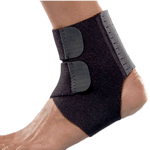
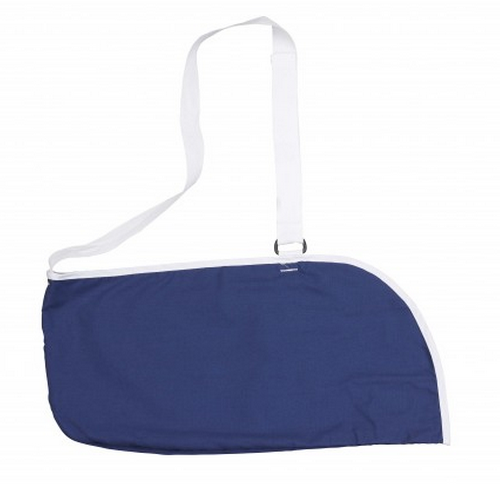
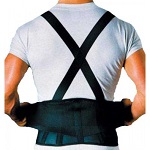
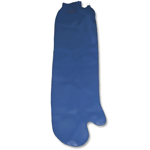
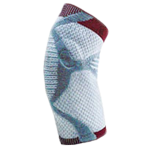
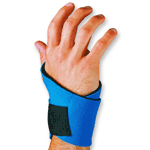
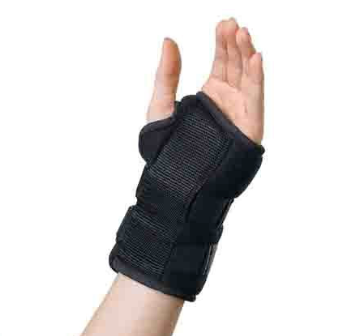
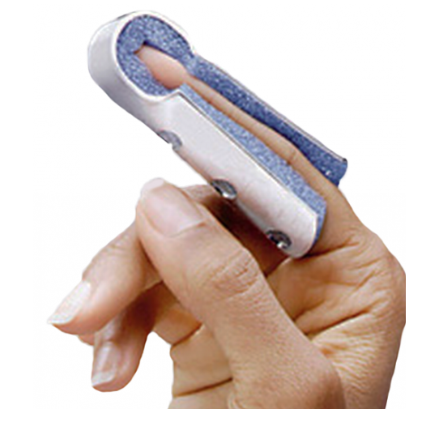
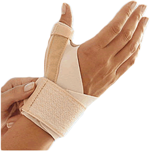
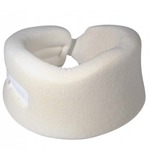
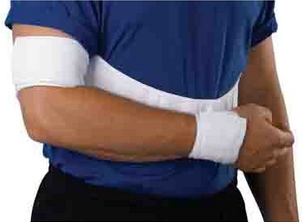

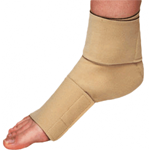
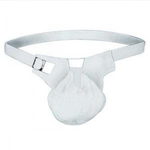
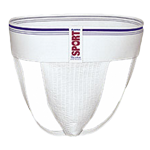
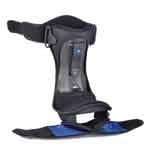
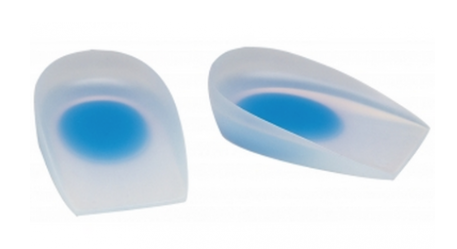
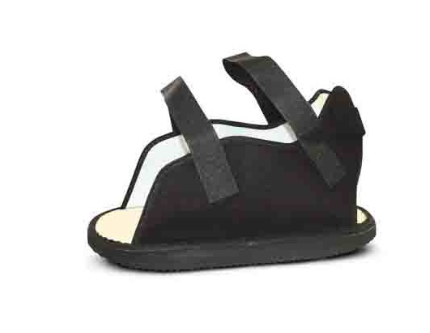
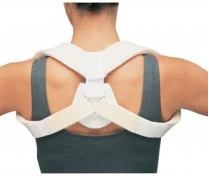
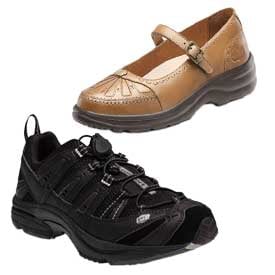
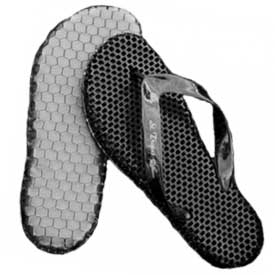
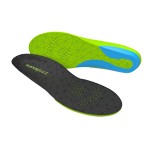

Login and Registration Form